Renewable energy technologies
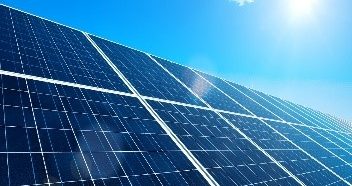
Solar photovoltaic
Photovoltaic (PV) solar panels convert sunlight directly into electricity. The panels are made up of a number of solar cells that contain the photovoltaic materials. These systems have no moving parts, which distinguishes them from other renewable technologies. Instead, the photons from sunlight are captured within the solar cells, which excite electrons to generate an electric current. The lower costs, compactness, and low maintenance make solar PV systems one of the most widely dispersed renewable energy technologies.

CSP parabolic trough
Parabolic trough systems consist of many parabola-shaped mirrors that direct heat from sunlight toward tubes full of flowing fluid or steam. This fluid reaches an industrial steam generator to produce electricity. With storage capacity for the heated substance, this technology has the potential to produce electricity when the sun goes down.

CSP parabolic dish
Parabolic dish systems are mirrored dishes that look similar to a satellite dish. They reflect the sunlight to central points in front of each dish, where the heat is transferred to a liquid or gas. The heated fluid or gas then powers a generator to create electricity. Sterling engine designs used to generate electricity beneficial due to their size and the fact that they use no water. Each parabolic dish’s generating capacity ranges from 10 kW to 25 kW.
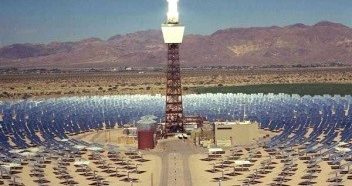
CSP power tower
Power towers consist of a multitude of moving mirrors surrounding a large tower. The mirrors focus the solar heat toward a center point at the top of the tower where either molten salt or water is heated and cycled down to a generator to produce electricity. Molten salt can be stored, allowing for the production of electricity after the sun goes down.
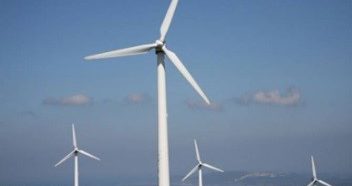
Wind turbines
Wind turbines use the kinetic energy from the wind to generate electricity. There are variations in size and design but they function similarly. The wind causes the blades and rotor to spin, which drives gears that powers a generator within the turbine and generates electricity. The most widely used turbines have a horizontal axis and can be up to 500 feet high.
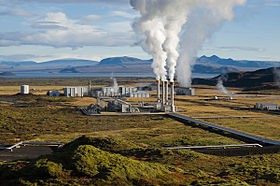
Geothermal
Geothermal electricity production taps into the natural heat generated in the earth’s crust. There are a number of designs to utilize the heat in order to produce steam. This steam is then captured at geothermal power plants to power thermal generators and produce electricity.
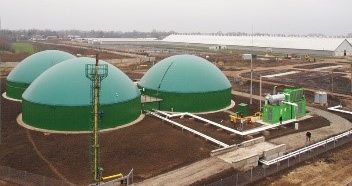
Biogas power plants
Biogas electricity generation is electricity generated from gases produced by organic material. Gas is produced from organic matter, agricultural waste, aquatic plants, vegetative waste, and wood waste or animal and human waste through anaerobic digestion, oxidization, or gasification. The resulting gas, similar to natural gas, is burned to produce steam and power a generator to create electricity.
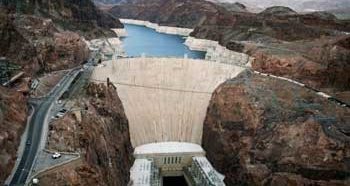
Hydroelectric
Hydroelectric generation captures energy from the flow of water. Water is stored behind a dam in a reservoir, then passes through an enclosed area where it turns a turbine that generates electricity. Hydroelectricity has been utilized for many years.